Heathrow's third runway cleared for take-off – but will it boost growth?
Heathrow Airport will finally get its third runway but critics argue a bigger Heathrow isn't the answer to boosting growth.
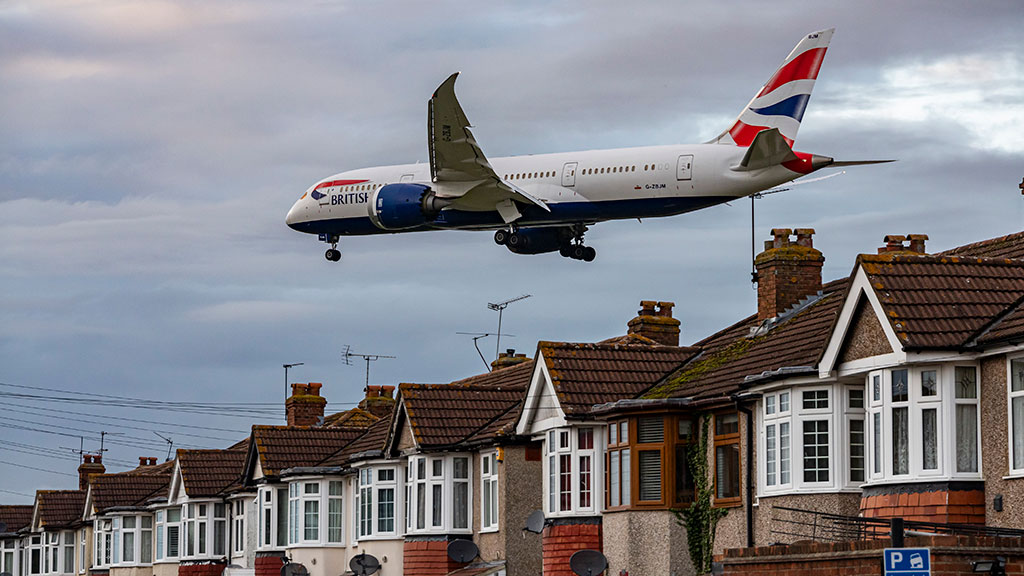
What's happening with Heathrow's third runway?
The decades-old proposal to increase Heathrow airport’s capacity by building a third runway might finally actually happen. Chancellor Rachel Reeves confirmed on Wednesday the rumours that the government would back the project, as well as announcing other plans for boosting growth. Reeves said Britain could not afford to “duck” such difficult decisions. Heathrow “connects to emerging markets all over the world, opening up new opportunities for growth”, she said, adding that a third runway would make the UK “the world’s best-connected place to do business”. Notably, she failed to confirm expansion proposals at Gatwick and Luton.
Haven't we heard this before?
Many times. The debate about Heathrow’s expansion can be traced back to the Roskill Commission, set up in 1968 to identify a site for a new airport for London (that was never built), and recent decades have seen a semi-permanent stream of studies, commissions, white papers and legal wrangling. Detailed plans for a third runway were first proposed by Heathrow in 2003, winning cautious approval from the Blair government. Expansion got full government backing in 2009, under Brown, before the Cameron government first scrapped the plan (in 2010), then re-embraced it (2012), splitting the coalition. Under Theresa May (2018), the Commons voted in favour, and a third runway was once again official government policy. In 2020, the Court of Appeal blocked expansion as incompatible with the UK’s emissions-cutting commitments, before the Supreme Court overruled them. By then, however, the Covid pandemic had hit the aviation sector, and the whole question became moot.
What are the politics this time?
Not straightforward. Many in the Labour party are opposed. Energy secretary Ed Miliband is a long-term opponent and has struck a markedly different tone from Reeves in recent weeks. Reeves told a Davos audience that projects should not be blocked because they “might add something to carbon emissions in 20 years’ time”. Days later Miliband assured a Commons committee that the expansion of Heathrow and other airports “won’t go ahead” if they don’t meet the UK’s emissions targets (of net zero by 2050). London mayor Sadiq Khan is also strongly opposed (as is Manchester’s Andy Burnham). Independent advisers on the government’s Climate Change Committee (CCC) have called for no net airport expansion without a detailed plan to curb emissions from the aviation sector and manage passenger capacity. It’s due to publish its next carbon budget – setting out legally binding limits for UK net emissions of greenhouse gases from 2038 to 2042 – on 26 February. Reeves might be keen, but there’s no reason to think the politics will be any smoother this time round.
MoneyWeek
Subscribe to MoneyWeek today and get your first six magazine issues absolutely FREE

Sign up to Money Morning
Don't miss the latest investment and personal finances news, market analysis, plus money-saving tips with our free twice-daily newsletter
Don't miss the latest investment and personal finances news, market analysis, plus money-saving tips with our free twice-daily newsletter
Does Heathrow Airport still want a third runway?
Absolutely. The airport’s CEO, Thomas Woldbye, thanked the government and chancellor for their leadership and hailed their “bold, responsible vision”. The government’s goal is to secure planning permission by the end of this parliament, a target Woldbye called “ambitious, but not undoable”. He said the airport would submit detailed proposals to Whitehall by the summer and that if everything went to plan the earliest completion date would be the mid-2030s. Some industry analysts think it will take eight to ten years just to get through planning and completion is unlikely before 2040.
Will we ever see a third runway at Heathrow?
There’s no way of knowing how the political and legal wrangling will play out. But what can be foreseen, says the Financial Times, are the potentially even greater obstacles relating to cost and the scale of construction. Pre-pandemic, the plan was for a multi-billion-pound megaproject that would include diverting the M25 into a tunnel under the new runway and demolishing 750 homes and a primary school. Some analysts say it’s an open question whether the UK has the construction skills and workforce capacity to deliver a project of that size, especially if competing with official plans to build 1.5 million homes, plus more transport and water infrastructure, data centres and gigafactories. Separately, there are battles ahead over financing – and to what extent the government is prepared to relax the relatively onerous framework that governs Heathrow’s “regulated asset base” model. The current expansion plans were costed at £14 billion in 2014, and would now be far higher. Heathrow has quietly told airlines that the bill for expansion would be between £42 billion and £63 billion, according to industry sources. That makes its privately financed expansion a bigger punt than ever.
Would a third runway at Heathrow boost growth?
Reeves cited a study by Frontier Economics suggesting a third runway would raise GDP by 0.43% by 2050 and create 100,000 jobs – not nothing, but hardly a game-changer. The UK needs more air capacity. And there are promising emerging technologies, including hydrogen power, electrification and synthetic fuels, which could cut carbon emissions, even as aviation expands. But a bigger Heathrow isn’t the answer, says Liam Halligan in The Telegraph.
Why wouldn't a third runway at Heathrow boost growth?
“It is madness to further develop an already enormous airport smack in the middle of a suburban landscape that is home to millions, involving the mind-bending costs of diverting the M25 and demolishing countless homes,” says Halligan. The case for Heathrow hinges on securing “hub” status, helping consolidate London as a global business capital. Yet, for over 80% of in-bound passengers, London is the final destination. Far better would be to expand Gatwick and Stansted, and spread more of the UK’s capacity to regional airports ripe for expansion – including East Midlands, Manchester and Glasgow. Expanding Heathrow, which would take at least a decade, will do next to nothing for growth. “What that requires instead is a lower tax burden, smarter regulation and the political courage to let the UK economy fly.”
Get the latest financial news, insights and expert analysis from our award-winning MoneyWeek team, to help you understand what really matters when it comes to your finances.
Simon Wilson’s first career was in book publishing, as an economics editor at Routledge, and as a publisher of non-fiction at Random House, specialising in popular business and management books. While there, he published Customers.com, a bestselling classic of the early days of e-commerce, and The Money or Your Life: Reuniting Work and Joy, an inspirational book that helped inspire its publisher towards a post-corporate, portfolio life.
Since 2001, he has been a writer for MoneyWeek, a financial copywriter, and a long-time contributing editor at The Week. Simon also works as an actor and corporate trainer; current and past clients include investment banks, the Bank of England, the UK government, several Magic Circle law firms and all of the Big Four accountancy firms. He has a degree in languages (German and Spanish) and social and political sciences from the University of Cambridge.
-
 High earners face £15k income hit by 2029 following Autumn Budget
High earners face £15k income hit by 2029 following Autumn BudgetRachel Reeves’s Autumn Budget means high earners – or HENRYs – are now looking at an income hit running into the thousands. Can you avoid it?
-
 Millions underestimate how many paydays are left until retirement - why you should be counting your payslips
Millions underestimate how many paydays are left until retirement - why you should be counting your payslipsKeeping track of how long you will be earning a salary for can help work out how much you need to put into a workplace pension
-
 Renewable energy funds are stuck between a ROC and a hard place
Renewable energy funds are stuck between a ROC and a hard placeRenewable energy funds were hit hard by the government’s subsidy changes, but they have only themselves to blame for their failure to build trust with investors
-
 The war dividend – how to invest in defence stocks as the world arms up
The war dividend – how to invest in defence stocks as the world arms upWestern governments are back on a war footing. Investors should be prepared, too, says Jamie Ward
-
 Did COP30 achieve anything to tackle climate change?
Did COP30 achieve anything to tackle climate change?The COP30 summit was a failure. But the world is going green regardless, says Simon Wilson
-
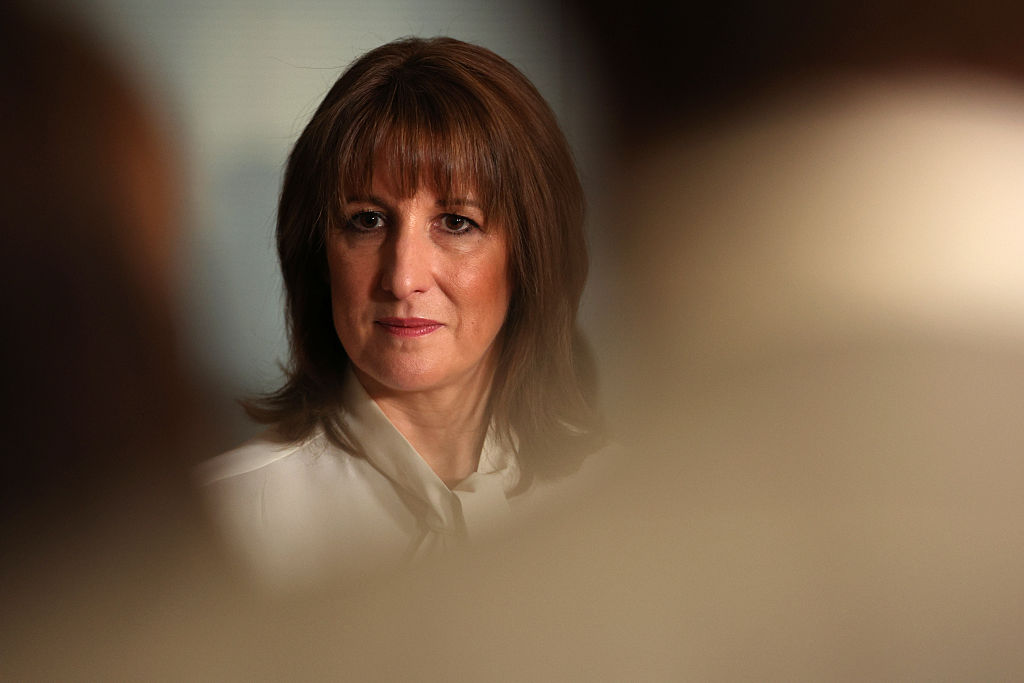 Rachel Reeves's punishing rise in business rates will crush the British economy
Rachel Reeves's punishing rise in business rates will crush the British economyOpinion By piling more and more stealth taxes onto businesses, the government is repeating exactly the same mistake of its first Budget, says Matthew Lynn
-
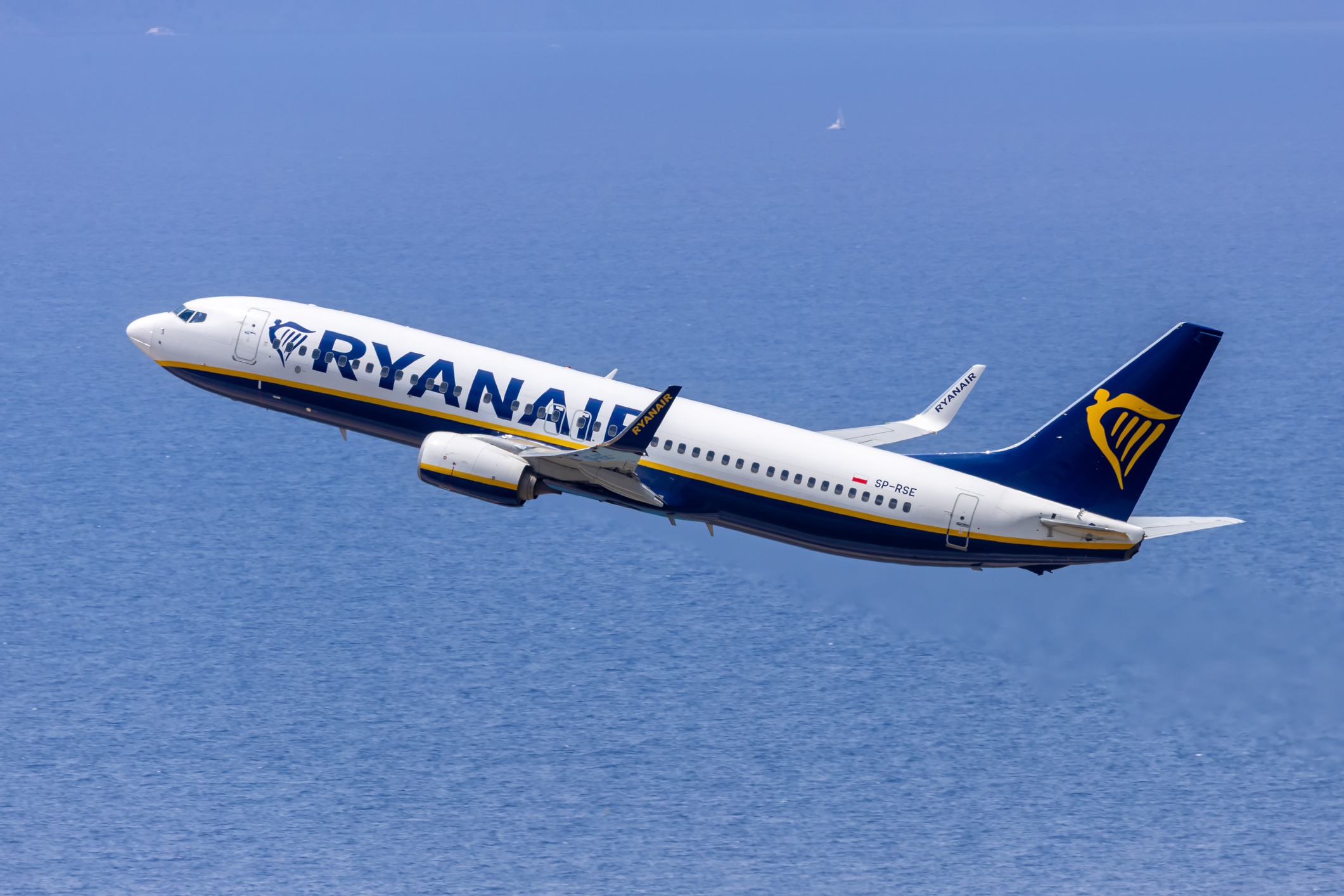 Leading European companies offer long-term growth prospects
Leading European companies offer long-term growth prospectsOpinion Alexander Darwall, lead portfolio manager, European Opportunities Trust, picks three European companies where he'd put his money
-
 How to capitalise on the pessimism around Britain's stock market
How to capitalise on the pessimism around Britain's stock marketOpinion There was little in the Budget to prop up Britain's stock market, but opportunities are hiding in plain sight. Investors should take advantage while they can
-
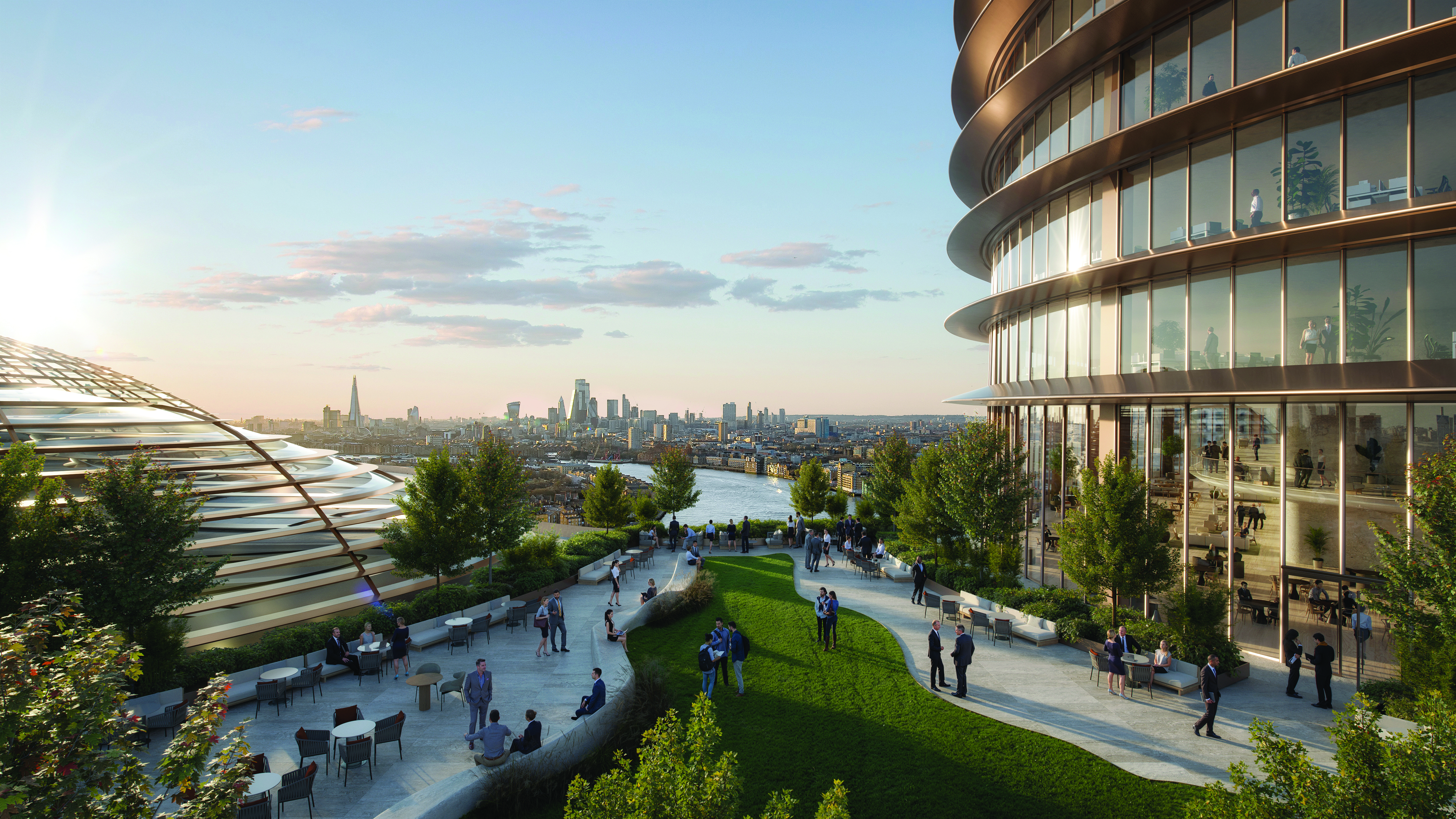 London claims victory in the Brexit wars
London claims victory in the Brexit warsOpinion JPMorgan Chase's decision to build a new headquarters in London is a huge vote of confidence and a sign that the City will remain Europe's key financial hub
-
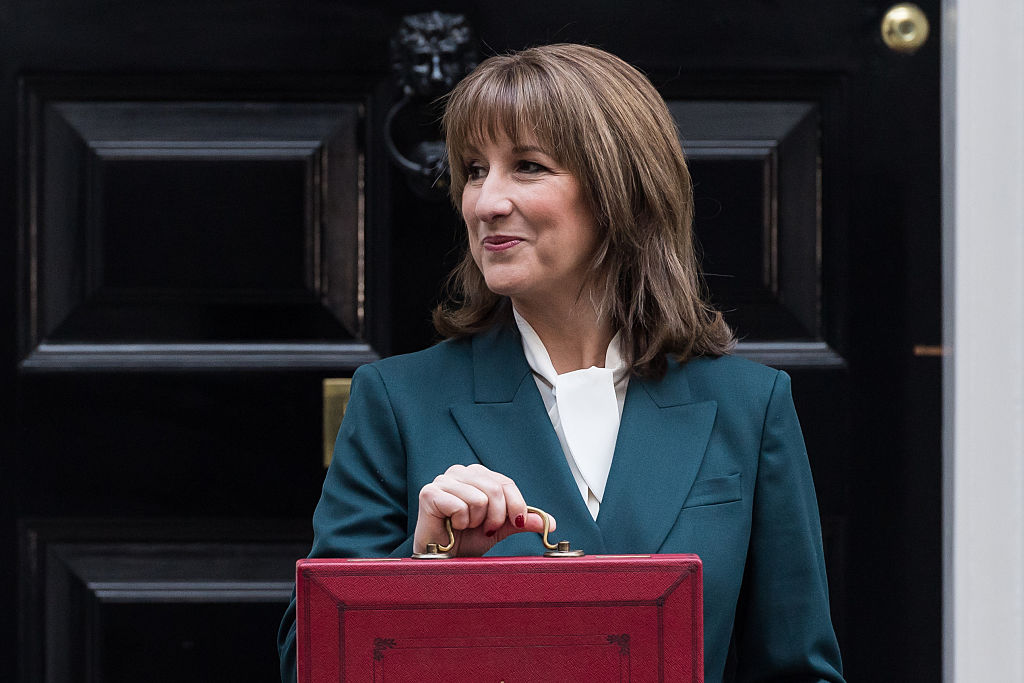 The consequences of the Autumn Budget – and what it means for the UK economy
The consequences of the Autumn Budget – and what it means for the UK economyOpinion A directionless and floundering government has ducked the hard choices at the Autumn Budget, says Simon Wilson